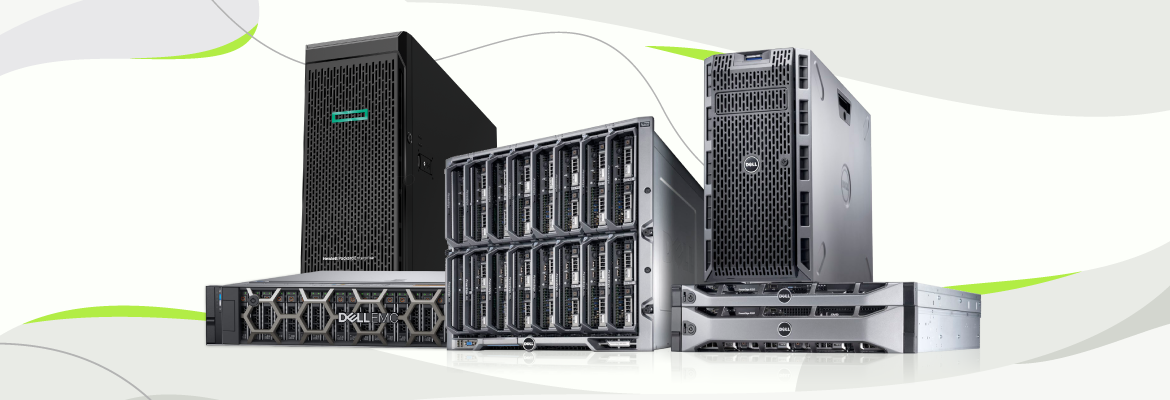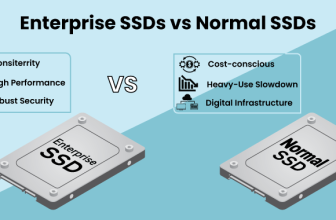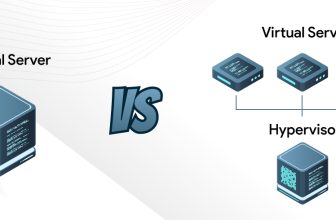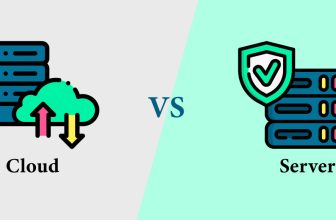Blade vs Tower vs Rack Servers: What Are The Main Differences Between Them?

Introduction
Apart from memory, storage, and computing power, there is one more thing to consider before you step into this server business. That is the Form factor. They are rack, blade, and tower – each with its own advantages. But which one to choose?
This must be quite confusing if you are a novice in the server world. Choosing the right server type is a little tricky, but not impossible. Want to learn more about them? Let’s dive in, shall we?
What Is A Blade Server?
How Is The Blade Server Different From Tower & Rack Server?
Blade servers take up less space and are much easier to repair and replace. Moreover, they are highly scalable and consume less power compared to rack and tower servers.
Can Blade Servers Be Used For Rendering?
Server blades can be undoubtedly used for working on high-performance imaging and rendering applications as well.
What Are The Benefits Of Using A Blade Server?
- Huge Processing Power in Less Space:
The server’s compact structure delivers huge processing power for seamlessly driving your workflows. - Reduces Maintenance Costs:
Blade servers consume less power, occupy very little space, and can be scaled up easily thereby immensely minimizing the maintenance costs - Less Cabling Required:
You don’t have to deal with tangled cables as blade servers are mounted in the enclosure to provide simplified and less cabling. - Add or Remove Servers as Per Demand:
Blade servers tend to scale flexibly as they can be added or removed from the blade enclosure with ease whenever your work demands.
What Is A Rack Server?
What Are The Sizes Available In Rack Servers?
Generally, rack servers are 19 inches in width but can also come in 23 and 24-inch width. Their height is measured in rack units and it normally ranges from 1U to 4U.
What Are The Benefits Of Rack Servers?
- Easy Co-location:
By using rails and screws, these rack servers can be co-located very easily, thereby saving your time and effort - Hassle-Free Maintenance:
Rack servers render high expandability and allow easy upgradation which makes them quite handy. They can be easily repaired and replaced, thereby proffering hassle-free maintenance. - Offers Greater Security and Scalability:
In addition to being evidently scalable, these rack servers are highly immune to material vulnerabilities and physically protect your data from breaches. - High-End Computing:
Rack server’s performance, services, and resources can effectively support your high-end computational workflows.
What Is A Tower Server?
Frequently mistaken for the similar-looking CPU, these tower servers are the upright structures that offer basic-level server performance. They have good expandability and are supported by bundled software tools.
Is It Possible To Rack-Mount The Tower Servers?
What Are The Benefits Of Tower Server?
- Saves Space for Small Offices:
This is a go-to option for small offices that cannot allocate space for a rack or blade enclosure. - High Scalability and Easier Cooling:
Tower servers have low component density and hence cools easily. Also, they are easy to customize and upgrade, indicating high scalability. - Less Maintenance:
Server towers are simple, robust, and need minimum provision, which makes them easy to maintain. - No Need for Rack/ Cabinet:
You don’t have to make space for a rack or cabinet as these tower servers have a stand-alone chassis configuration that can fit even under the desk.







